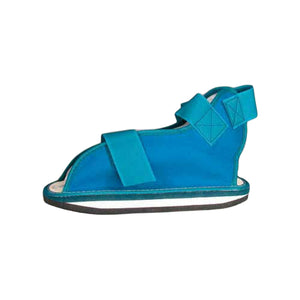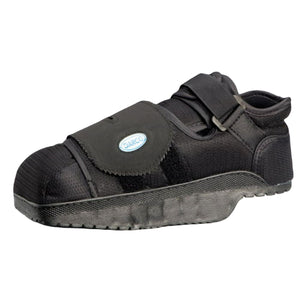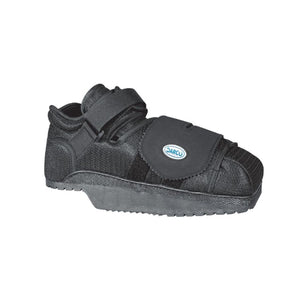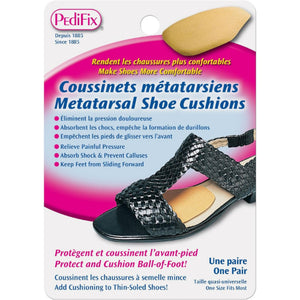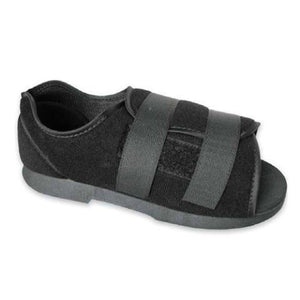When Should You Replace Your Running Shoes?Most running shoes last between 300–500 miles, but factors like surface type, foot strike, and shoe quality affect this. If you're seeing uneven wear, feeling discomfort, or experiencing joint pain, it’s time for a replacement. Always listen to your body—and your soles.
Introduction: Why Shoe Replacement Matters
Whether you're a casual jogger or a marathon runner, your running shoes are your foundation. Worn-out shoes don't just feel uncomfortable—they can lead to injuries. This guide helps you identify the right time to replace your shoes and find the best replacements online.
1. You’ve Run 300–500 Miles
Most experts recommend replacing shoes every 300 to 500 miles. Use fitness apps or smartwatch trackers to stay on top of your mileage.
2. The Midsole Feels Flat or Compressed
The midsole is the cushioned part that absorbs shock. If it feels stiff or unsupportive, it’s no longer doing its job—time to move on.
3. Tread Wear is Obvious
If the outsole (bottom grip layer) has worn smooth in key spots—especially under the heel or ball of your foot—you're at higher risk for slipping and joint strain.
4. You’re Feeling More Aches & Pains
A sudden return of shin splints, knee pain, or foot discomfort during or after runs can signal your shoes have lost structural support.
5. You Notice Uneven Wear Patterns
Are one side of your shoe’s sole more worn than the other? This could mean altered gait or poor support—causing long-term joint problems.
6. Your Shoes Fail the “Twist Test”
Grab your shoe and try to twist it. If it bends too easily through the arch, the internal structure has likely broken down.
7. You Can Feel the Ground Too Much
One clear sign is losing impact absorption—you start feeling every rock, bump, and vibration during your run.
8. They Just Don’t Feel Right
Sometimes your body tells you before the data does. If your shoes suddenly feel awkward, unstable, or different, it's time to evaluate them.
9. You’re Using the Same Pair for Every Run
Rotating between two pairs can extend each pair’s life. But if you use one daily, it wears faster. Consider rotating based on run type (long vs short).
10. Visible Damage or Fraying
Look for holes, frayed stitching, heel slippage, or worn-down padding in the collar. These small signs are big red flags.
When Should Runners Replace Their Shoes by Type?
- Casual runners (1–2 runs/week): Replace every 6–8 months.
- Moderate runners (3–4 runs/week): Replace every 4–6 months.
- Heavy runners or marathon trainers: Replace every 2–4 months.
Supportive Products from Moovkart
- Buy replacement running shoes online – featuring models suited for long-distance and everyday wear.
- Best insoles for shock absorption – improve comfort and prolong shoe life.
Frequently Asked Questions (FAQs)
1. How many miles before replacing running shoes?
On average, replace every 300–500 miles, depending on usage and shoe type.
2. Can old shoes cause knee pain or shin splints?
Yes. Degraded cushioning and poor support lead to improper alignment and strain.
3. Should I rotate running shoes?
Yes. Rotating 2 pairs lets each recover between runs, improving durability and foot health.
Conclusion: Listen to Your Feet
Knowing when to replace running shoes is essential for your comfort, performance, and injury prevention. Keep an eye out for signs like discomfort, mileage, and outsole wear. Moovkart offers expert-vetted replacement shoes and accessories to keep you moving strong.
Ready to upgrade? Shop top-rated running shoes now


